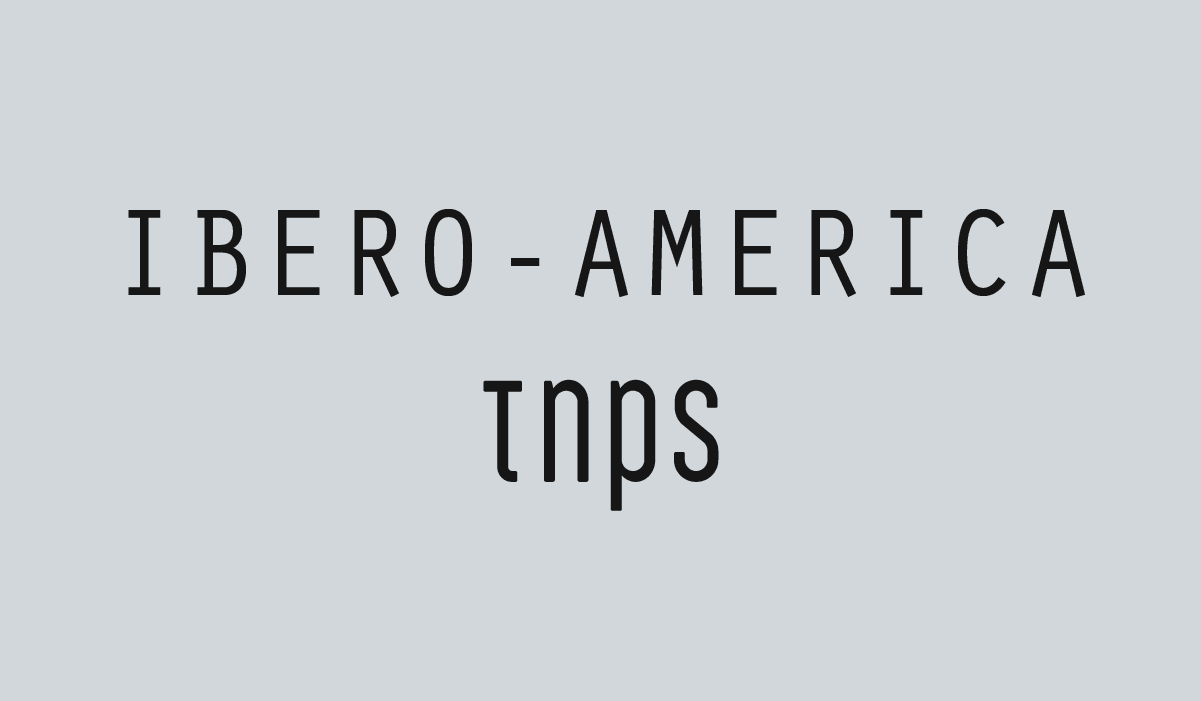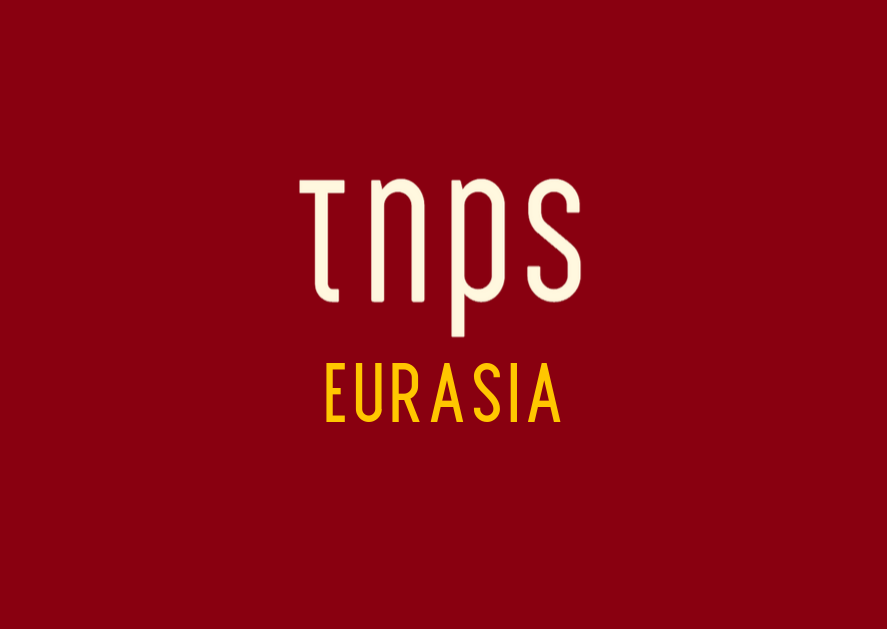Over at PublishNewsES this week, a thought-provoking study of the Peruvian book market that, unusually, adopts a holistic approach more akin to that we’d take here at TNPS.
That is to say, a view that looks at all the key market segments rather than the usual introspective focus on publishers and offline/online retail. In this case, mainstream retail, book fairs and self-publishing.
Those who make up the value chain of the publishing market in Peru experience, for the most part, a bittersweet feeling when it is time to analyze what happened in the sector in recent years in commercial terms.
On the one hand, the auspicious and sustained sales obtained in local fairs, especially at the International Book Fair of Lima, encouraged by an audience that massively turns to these events, with an interest in a valuable, competitive and diversified offer.
And on the other, the worrying state of traditional marketing channels.
Wait, what? The Lima International Book Fair?
FIL Lima clocks 565,000 visitors. Peru’s biggest cultural event is a book fair. Again
And in case you were wondering the equivalent of $5.5 million worth of books were sold at that event
New bookstores, posits Ruben Barcelli, are few and far between, and few show meaningful profitability, adding,
Within this rugged landscape, the sustained rise of self-publishing appears, (as reported in) “Diagnostic study of the publishing sector of Peru”, prepared by the Peruvian Chamber of Books and Cerlalc in 2017.
Explains Barcelli,
The limitations of desktop publishing in Peru are twofold: first that a self-publishing author is by definition limited to his own level of production, and second because the infrastructure of the bookstore retail sector is not geared to self-publishing output.
This of course as much the case in a major self-publishing market like the USA as in Peru. But if a market of the USA’s size cannot easily accommodate self-publishers in the printed book sector, what chance Peru?
In Peru it is the issuance of ISBNs that give us what data we do have about how publishing stacks up in Peru, and the numbers are not jaw-dropping.
The “Diagnostic study of the publishing sector of Peru” tells us that in 2016 nearly half of publishers (422) are not professional publishing houses but, essentially, indie authors.
The report adds,
This is a phenomenon that occurs in almost every country in Latin America.
Barcelli argues that as these self-publishers learn the ropes many graduate to small publisher status, either through volume of titles they produce or by taking on publication for other authors.
And this is the great contribution of self-publishing for the value chain of the book: it builds the foundations for the formation of independent publishing companies, who give readers (choice and price options) that differ from that presented by the large national and transnational groups, enriching the market to the satisfaction of consumers.
We are looking at one of the great growth engines of the Peruvian publishing market.
At which point we need to take a step back and remind ourselves that this rise of self-publishing in Peru and across Latin America, while small in number compared to the US, has been accomplished despite the absence of Amazon. There are Kindle stores only in Mexico and Brazil, and with only a token ebook engagement from Apple, Kobo and Google Play.
Might it be Peru is just too small a market to be worth the effort?
That argument doesn’t bear scrutiny. In fact Peru has a population of 32 million, of which 22 million are online. Small compared to the US, perhaps, but Amazon has Kindle stores in two smaller markets – Australia and the Netherlands.
That’s 22 million people in Peru that might buy ebooks.
And audiobooks.
In 2007 just 3.8% of audiobooks published in Peru were digital. By 2016 that had risen to 12.7%, and no doubt the latest numbers, when released, will show a further increase.
But not by much, because it takes two to tango, and there’s little point producing audiobooks if there is nowhere to sell them.
The same of course for ebooks. It’s the classic chicken and egg problem for the nascent markets. To digitise or not to digitise. That is the question.
Of course Storytel just last month launched in Mexico, and as reported here at TNPS, the Mexico remit is pan-Latin America, not just a one country affair.
The PublishNewsES post defers to Storytel’s representative in Peru, Silvano Gozzer.
Until recently the publishers did not trust this system, which meant that the available catalog of audiobooks in Spanish was quite limited. This distrust was based on previous unsuccessful experiences, especially audiobooks published in cassette format, during the Walkman boom.
So is Peru’s cautious uptake of audiobooks a technical issue or a statement of consumption preference?
Gozzer lays the blame squarely on distribution.
The limitation is currently that, although it is technically possible for a Peruvian reader to subscribe to an audiobook platform, the truth is that none of the existing ones operates in Peru. That is, with a subscription in local currency and with Peruvian titles.
Gozzer posits that,
…rather than competing with the consumption habits of readers, competes with entertainment consumption habits.
To make headway, audiobooks will need two things:
an aggressive marketing campaign (such as with Netflix and Spotify) that motivates consumers to download the application and use the free trial period
and locally-relevant content from publishers.
Everything depends on publishing companies losing their fear.
Which of course is the same argument we here at TNPS have been making for all digital formats.
No suggestion here that Storytel has plans to launch a dedicated Storytel Peru store any time soon – Argentina and Colombia are more likely candidates to follow the Brazil launch in 2019.
Which means that, until there is some sort of agreement between content suppliers and distributors in Peru to make digitisation worthwhile, the Peru book market is likely to hobble along as it has been doing.





